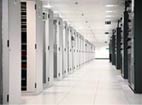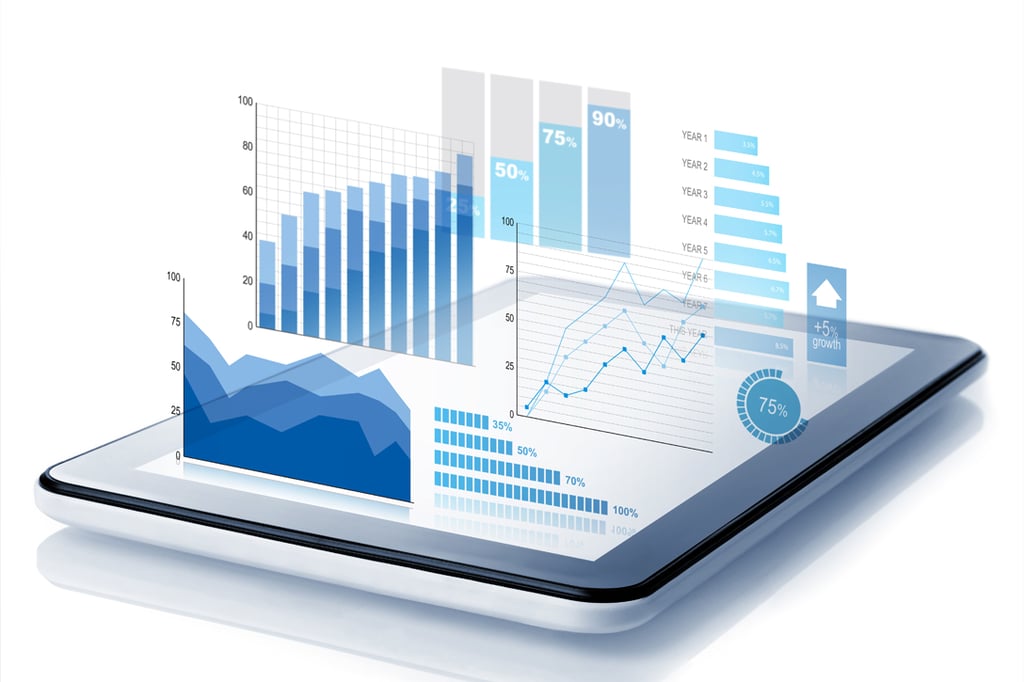
Top Trends Driving the Data Center in 2015

Big Data and the Internet of Things (IoT) seem all but unstoppable these days, so the only question that remains is how the data center will evolve to handle such a large and diverse load.
To many, the cloud will become a crucial resource regardless of any lingering doubts over security and availability. There is only so much a single data center can handle, and unless the enterprise plans on going broke buying new hardware, the vast majority of Big Data and IoT storage and processing will have to take place on third-party infrastructure.
This is not necessarily bad news for the current IT vendor community, though, as it will likely lead to a data center building boom. According to IDC, data center capacity among service providers will jump more than seven-fold between now and 2019 as the cloud community seeks to provide the anytime, anywhere, anyhow connectivity and context that are the hallmarks of the IoT. The development of large capacity facilities will be tied to additional compute and storage deployment at the edge, as well as increased use of analytics and intelligent platforms designed to bring the management burdens of such a diverse infrastructure under control.
A key takeaway here, though, is who will foot the bill for this massive expansion and who will consume the resources under increasingly digital-facing business models, says The Platform’s Timothy Prickett Morgan. Data center outsourcing and consolidation have been with us for some time, but the public cloud’s fine-grained usage and pricing capabilities are finally bringing the long-sought goal of utility computing to commercial reality. So in the future, infrastructure expansion will be made by companies that profit directly from new hardware and software deployments, providing a constant influx of cutting edge capabilities that today’s enterprise data center cannot hope to match.
This is already playing out in the balance sheets of some of the top enterprise platforms providers, says eWeek’s Jeffrey Burt. Intel, for example, is still struggling with traditional PC products while growth areas like IoT-facing silicon are showing healthy gains. PCs, of course, are losing out to mobile devices in the eyes of the digital workforce, and even developments like the transition from one desktop operating system to another are having only a modest effect on sales. The Data Center Group, however, gained 19 percent over the past year as x86 server activity picked up, and IoT revenue, while still relatively small, grew by about 11 percent.

These changes will impact not only how the data center is built and managed, says Gartner’s Rakesh Kumar, but its role in the enterprise as well. As he explained to Information Management, the data center will become more of a theoretical factory rather than a line-of-business processing engine. This will still require broad scalability and advanced technology, but the focus will be more toward driving innovation and developing strategy than running daily workloads. In this way, the data center becomes part of a broader hybrid topology that combines local and remote resources capable of meeting emerging data challenges quickly and efficiently.
Viewing the end-game in such a monumental transition is easier than actually implementing it, however. And the sheer leap of faith that enterprise executives must take in order to push workloads, some of them mission-critical, to outside resources should not be taken lightly.
But the forces driving this change appear unstoppable, and the object they are meeting, the data center, is turning out to be highly moveable.
Arthur Cole writes about infrastructure for IT Business Edge. Cole has been covering the high-tech media and computing industries for more than 20 years, having served as editor of TV Technology, Video Technology News, Internet News and Multimedia Weekly. His contributions have appeared in Communications Today and Enterprise Networking Planet and as web content for numerous high-tech clients like TwinStrata, Carpathia and NetMagic.










